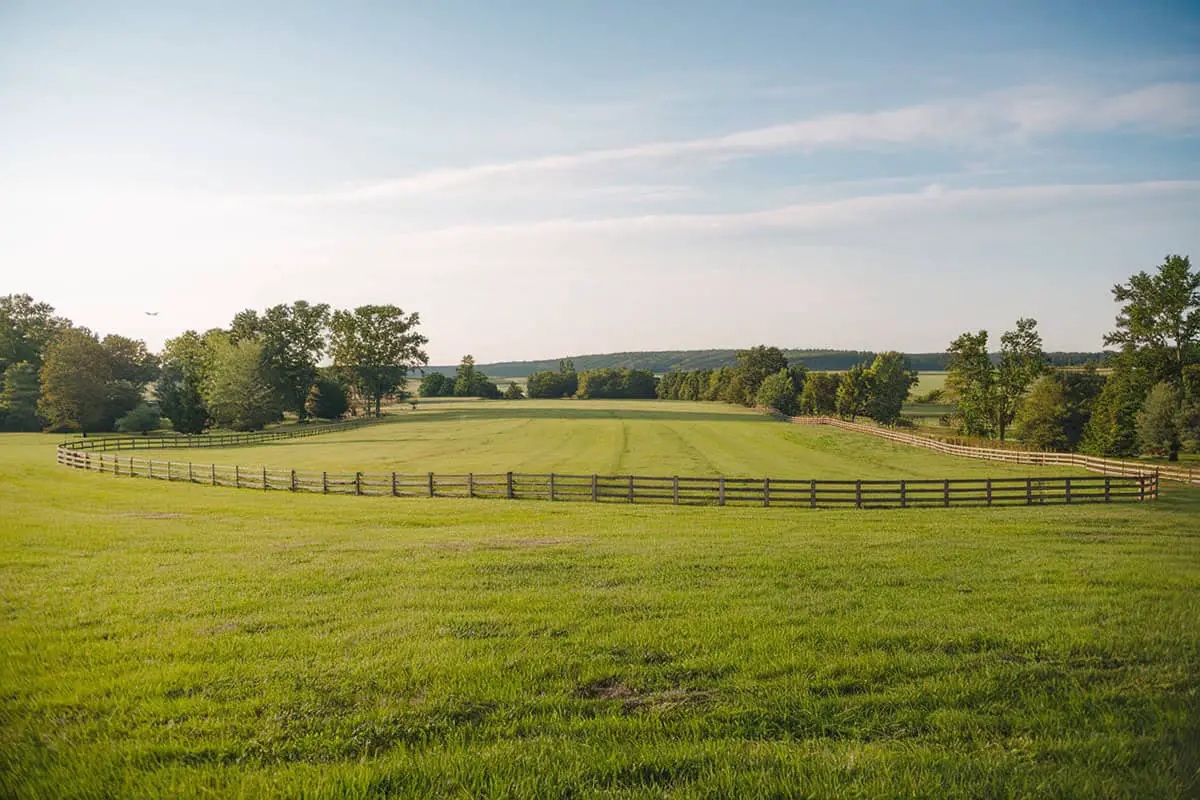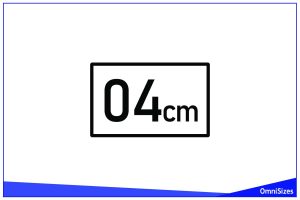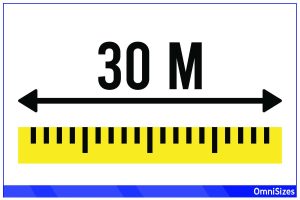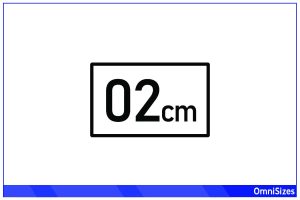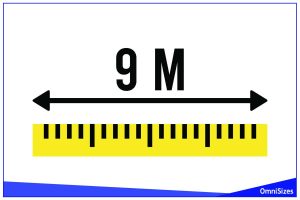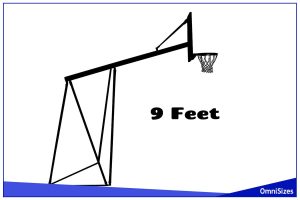Imagine standing in an open field, wondering about its size. You might be thinking, “How big is an acre?” An acre is 43,560 square feet. This unit of measurement can help you visualize plots of land. For instance, if you walk 209 feet by 209 feet, you’ve covered an acre.
Understanding acres can be crucial if you’re buying land or planning a project. Acquiring this knowledge provides clarity when dealing with property size.
What Is An Acre?
An acre is a unit of land area used in various parts of the world. It has historical roots and is essential in real estate and agriculture. Its size might seem abstract, but it equates to a substantial amount of land.
Definition Of An Acre
An acre is traditionally defined as the area of a piece of land with specific dimensions. Historically, it was seen as the space that could be plowed in one day. The standard measure is 43,560 square feet. It can take any shape, as long as it covers this exact area. This flexibility makes it a useful measure across various fields like farming and real estate.
Acre Measurements In Feet, Yards, And Meters
Understanding an acre in different units can clarify its size. In feet, an acre is 43,560 square feet. Converting this to yards, you get 4,840 square yards. In metric measurements, an acre is approximately 4,047 square meters. To compare further, it is roughly 0.405 hectares. This allows for easy conversion and showcases an acre’s substantial size in a more familiar metric context.
How Big Is An Acre Compared To Common Objects?
An acre is a unit of area commonly used to measure large plots of land. Understanding its size can be challenging without comparing it to more familiar objects. These comparisons provide a relatable perspective.
Acre Vs. Football Field

An American football field is a helpful reference. It measures 360 by 160 feet, including the end zones. This totals 57,600 square feet. An acre is 43,560 square feet. The area of a football field slightly exceeds an acre, making an acre about 75% of a full football field. Without the end zones, the field shrinks. Only the playable area fits into an acre more closely.
Football fields vary globally. Differences in field sizes mean that a soccer pitch and an American football field present different comparisons. Still, the idea provides context for visualizing an acre’s span.
Acre Vs. Basketball Court
A basketball court is much smaller than an acre. Standard dimensions for an NBA basketball court are 94 feet long and 50 feet wide. This results in an area of 4,700 square feet. Comparatively, an acre is nearly ten times the size of an NBA basketball court. This stark contrast highlights how vast an acre is relative to smaller sports venues.
When comparing to a basketball court, consider the vastness of an acre in urban settings. Multiple courts could fit comfortably within just one acre of space, indicating significant capacity for seating or expansion.
Acre Vs. Tennis Court

Tennis courts vary slightly in size but generally measure about 78 by 36 feet, including doubles alleys. This results in roughly 2,808 square feet per court. An acre, at 43,560 square feet, equates to about 15 tennis courts. When viewed from this perspective, an acre hosts numerous courts, reflecting its substantial area.
By viewing an acre through the lens of a tennis court, the space available within an acre becomes clearer. This provides useful context in contrasting small sports spaces with larger plots of land.
Acre Vs. Soccer Field
The dimensions of soccer fields vary based on usage levels and specific competition requirements. The standard international soccer field measures around 360 by 225 feet, resulting in about 81,000 square feet. Comparatively, one acre is just over half the size of a regulation soccer field.
This comparison underscores the expanse of larger sports fields versus the more modest size of an acre. It illustrates the scale difference in sports across different cultures and competition levels, aiding in visualizing an acre’s size in a more global context.
Visualizing An Acre In Everyday Life
When trying to visualize an acre, comparing it to things like city blocks, parking lots, and house plots can help. Understanding these comparisons allows you to grasp how expansive an acre truly is.
Acre Vs. City Blocks
City block sizes vary by city. In US cities, a standard block typically measures around 264 by 660 feet. This is around 43,560 square feet. Conveniently, an acre is also 43,560 square feet. In terms of area, one city block in a typical US city equates to approximately one acre. Spatial perception is vital. Imagine a city block filled with buildings and streets, and you’ll start to get an idea of the space.
Acre Vs. Parking Lots

Parking lots can differ greatly in size. Generally, a single parking space takes up about 180 square feet. This means an acre could fit approximately 242 standard parking spaces. To better visualize an acre, picture several rows of parked cars. Think of a large commercial parking lot. Stand in the middle, and notice how the rows go on. This gives a tangible sense of an acre’s dimensions.
Acre Vs. House Plots
Typical suburban house plots often range from 0.2 to 0.5 acres. This means an acre might contain two to five such plots. Envision a neighborhood with several homes and yards. By walking around such a neighborhood, you can appreciate how much land an acre covers. A single-acre lot could potentially serve as a spacious residence with ample room for outdoor activities or gardening.
Fun Analogies To Understand Acre Size
Understanding how large an acre is can be tricky without something to compare it to. These simple analogies can make it easier to envision the actual size of an acre.
How Many Cars Fit In An Acre?

Imagine a large parking lot. A standard car parking space in the U.S. is about 180 square feet. Therefore, you could fit approximately 242 cars in an acre if using these standard spaces. This comparison can help you visualize how big an acre is. Shoppers and event-goers might find this size familiar.
How Many Swimming Pools Equal An Acre?
When thinking of an acre, consider Olympic-sized swimming pools. Each of these pools has an area of about 13,500 square feet. An acre measures around 43,560 square feet. Thus, an acre can accommodate just over three Olympic swimming pools. This analogy effectively conveys the expanse an acre covers. This comparison helps visualize large open spaces.
Why Acre Size Matters In Real Estate And Agriculture
Understanding the size of an acre is crucial when dealing with real estate transactions and agricultural ventures. Both sectors rely on precise land measurements to inform investment, growth, and sustainability.
Acre In Home Buying And Land Investment
In real estate, knowing the exact size of an acre aids in evaluating land value. Property dimensions influence market price, zoning possibilities, and potential development. For home buyers, it affects privacy levels, room for expansion, and overall property usage. Interpreting acre size ensures informed decisions when purchasing residential plots. It influences how you view potential gardening spaces, installation of amenities, and access considerations.
Investors also find acre measurements fundamental in assessing the viability of land for commercial or industrial projects. Location, zoning laws, and property utilization are scrutinized based on parcel size. Acreage impacts future scalability and modifications that could arise over time.
Acre In Farming And Gardening
Acreage directly affects agricultural productivity and planning. Farm size determines crop selection, machinery use, and labor requirements. Larger plots might allow for diverse crop rotation, enhancing soil health and yield. The boundary of an acre defines planting strategies, irrigation systems, and harvesting techniques.
In gardening, knowing plot size influences layout design, plant selection, and maintenance routines. It can guide gardeners in optimizing space for maximum sunlight exposure and water use, fostering healthier plant growth. Both professional and amateur gardeners rely on acre dimensions to balance resources, time, and output effectively. Understanding these elements ensures prosperous land management.
How To Measure An Acre Of Land
To measure an acre, start with a measurement of the land’s length and width. Multiply these two numbers. If your total is 43,560, you have an acre.
For irregularly shaped plots, divide the area into smaller sections. Measure each section separately. Add the areas together to see if they equal an acre.
A measuring wheel can make this process easier. Walk the perimeter with the wheel to measure distance. Ensure accuracy by performing calculations twice.
You can also use GPS devices or mapping software. These tools can provide precise land measurements quickly. They are especially useful for large areas.
For circular areas, use the formula: Area = πr². Measure the radius from the center to the edge. Then, ensure the area calculates to 43,560 square feet.
Remember that an acre can be any shape. It’s the total square feet that matter, not shape. Use methods that best suit the landscape you are measuring.
